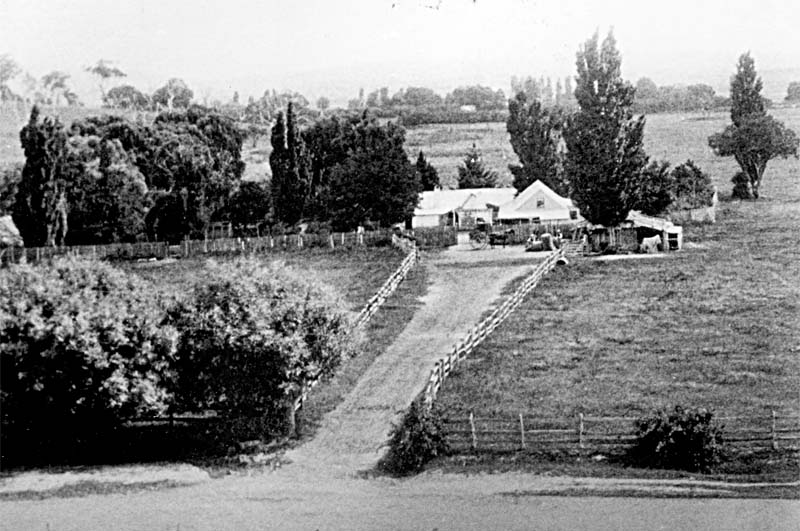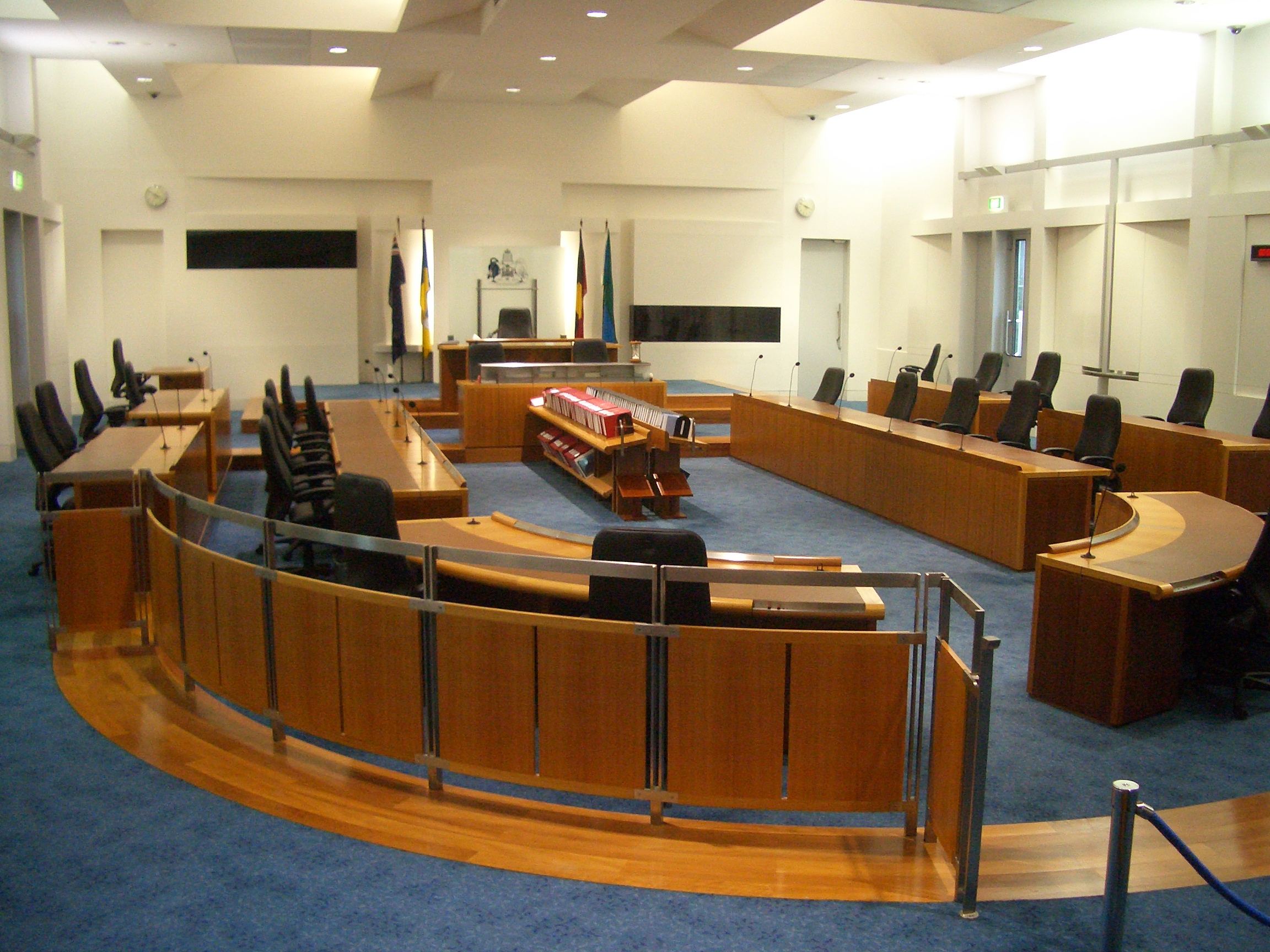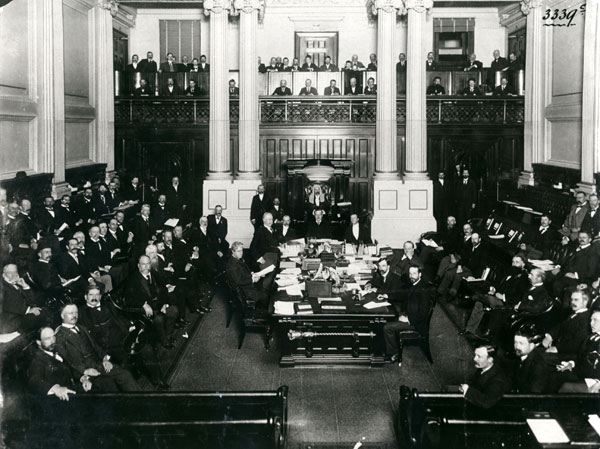|
Evatt, Australian Capital Territory
Evatt () is a suburb in the Belconnen district of Canberra, located within the Australian Capital Territory, Australia. Evatt lies between the suburbs of McKellar, Belconnen, Florey, Melba and Spence. The suburb is named after Herbert Vere Evatt (1894–1965), a Justice of the High Court and Leader of the Opposition in the 1950s. The suburb was gazetted on 2 November 1972. Streets in the suburb are named after people associated with parliament, and law professionals. Evatt has three neighbourhood ovals: Evatt Neighbourhood Oval, adjacent to Evatt Primary School; South West Evatt Oval, and St. Monica's Primary School oval. Evatt is bordered by Copland Drive, Owen Dixon Drive, William Webb Drive and Ginninderra Drive. Education The first school in the area used the building of the original Ginninderra Anglican church of St Paul situated at the corner block marked by the current Copland Drive, Moynihan Street, and Sharwood Crescent (opposite the current St Monica's church ... [...More Info...] [...Related Items...] OR: [Wikipedia] [Google] [Baidu] |
Belconnen
The District of Belconnen () is one of the original eighteen districts of the Australian Capital Territory (ACT), used in land administration. The district is subdivided into 27 divisions (suburbs), sections and blocks. The district of Belconnen is largely composed of Canberra suburbs. As at the , the district had a population of people; and was the most populous district within the Australian Capital Territory (ACT). Belconnen is situated approximately to the north-west of the central business district of Canberra, and surrounds an artificially created, ornamental lake, Lake Ginninderra. Lake Ginninderra was made possible by building a dam at an elbow of Ginninderra Creek. Exiting the lake, via a simple overflow, Ginninderra Creek continues, and runs north-west to its confluence with the Murrumbidgee River just beyond the north-western ACT border. Establishment and governance Following the transfer of land from the Government of New South Wales to the Commonwealth G ... [...More Info...] [...Related Items...] OR: [Wikipedia] [Google] [Baidu] |
Ginninderra
Ginninderra is the name of the former agricultural lands surrendered to urban development on the western and north-western fringes of Canberra, the capital of Australia. Ginninderra corresponds with the watershed of Ginninderra Creek, which is now in part occupied by the Canberra districts of Belconnen and Gungahlin. The word 'Ginninderra' is one of several - Molonglo, Gold Creek and Monaro are others - that hold longstanding connections to Canberra's local history. The Ginninderra Cricket Club, Ginninderra District High School and Ginninderra Labor Club are examples. One of the local ACT electorates is called Ginninderra. The name is celebrated through the place name Ginninderra Drive, an arterial road that traverses the Canberra district of Belconnen. Ginninderra Plain The Ginninderra Plain is bound by the Spring Range and the NSW-ACT border to the north, by Black Mountain and the O'Connor Ridge to the east, by a line of hills leading west from Mount Payntor towards the ... [...More Info...] [...Related Items...] OR: [Wikipedia] [Google] [Baidu] |
Porphyry (geology)
Porphyry ( ) is a textural term for an igneous rock consisting of coarse-grained crystals such as feldspar or quartz dispersed in a fine-grained silicate-rich, generally aphanitic matrix or groundmass. The larger crystals are called phenocrysts. In its non-geologic, traditional use, the term ''porphyry'' refers to the purple-red form of this stone, valued for its appearance. The term ''porphyry'' is from the Ancient Greek (), meaning "purple". Purple was the color of royalty, and the "imperial porphyry" was a deep purple igneous rock with large crystals of plagioclase. Some authors claimed the rock was the hardest known in antiquity. Thus, "imperial"-grade porphyry was prized for monuments and building projects in Imperial Rome and thereafter. Subsequently, the name was given to any igneous rocks with large crystals. The adjective ''porphyritic'' now refers to a certain texture of igneous rock regardless of its chemical and mineralogical composition. Its chief charact ... [...More Info...] [...Related Items...] OR: [Wikipedia] [Google] [Baidu] |
Australian Capital Territory Legislative Assembly
The Legislative Assembly for the Australian Capital Territory (known in short as the ACT Legislative Assembly) is the unicameral legislature of the Australian Capital Territory (ACT). It sits in the Legislative Assembly Building on Civic Square, close to the centre of the city of Canberra. Creation The Assembly was created by four acts of the Commonwealth Parliament in 1988, including the Australian Capital Territory (Self-Government) Act 1988. The first election was held on 4 March 1989 and the assembly first sat on 11 May that year. Until this point, the ACT had been directly administered by the Commonwealth Government. It replaced the House of Assembly (also known for a period as the Legislative Assembly), which existed from 1976 to 1986, but had no executive power, with a principal function of advising the Commonwealth on matters relating to the Territory. Membership Since October 2016, the Legislative Assembly has 25 members elected from five electorates, Brindab ... [...More Info...] [...Related Items...] OR: [Wikipedia] [Google] [Baidu] |
Australian Electoral Commission
The Australian Electoral Commission (AEC) is the independent federal agency in charge of organising, conducting and supervising federal Australian elections, by-elections and referendums. Responsibilities The AEC's main responsibility is to conduct federal elections, by-elections and referendums. The AEC is also responsible for the maintenance of up-to-date electoral rolls, devising electorate boundaries, apportionments and redistributions. Under the Joint Roll Arrangements, the AEC maintains electoral rolls for the whole of Australia, other than Western Australia, which is used by the state and territory Electoral Commissions to conduct their elections. The AEC publishes detailed election results and follows up electors who had failed to vote or who have voted multiple times in an election. The AEC is also responsible for registering political parties intending to field candidates at federal elections, monitoring the activities of those political parties, including rec ... [...More Info...] [...Related Items...] OR: [Wikipedia] [Google] [Baidu] |
House Of Representatives (Australia)
The House of Representatives is the lower house of the bicameral Parliament of Australia, the upper house being the Senate. Its composition and powers are established in Chapter I of the Constitution of Australia. The term of members of the House of Representatives is a maximum of three years from the date of the first sitting of the House, but on only one occasion since Federation has the maximum term been reached. The House is almost always dissolved earlier, usually alone but sometimes in a double dissolution of both Houses. Elections for members of the House of Representatives are often held in conjunction with those for the Senate. A member of the House may be referred to as a "Member of Parliament" ("MP" or "Member"), while a member of the Senate is usually referred to as a "Senator". The government of the day and by extension the Prime Minister must achieve and maintain the confidence of this House in order to gain and remain in power. The House of Representatives ... [...More Info...] [...Related Items...] OR: [Wikipedia] [Google] [Baidu] |
Elections In Australia
Elections in Australia take place periodically to elect the legislature of the Commonwealth of Australia, as well as for each Australian state and territory and for local government councils. Elections in all jurisdictions follow similar principles, although there are minor variations between them. The elections for the Australian Parliament are held under the federal electoral system, which is uniform throughout the country, and the elections for state and territory Parliaments are held under the electoral system of each state and territory. Part IV of Chapter 1 of the Australian Constitution briefly deals with eligibility for voting and election to the federal Australian Parliament. It does not prescribe how elections should be conducted. Election campaigns and associated political advertisements are subject to some regulation. Public funding of political parties and party registration was introduced in 1983. Voting for the federal and each state and territory parliamen ... [...More Info...] [...Related Items...] OR: [Wikipedia] [Google] [Baidu] |
Miles Franklin Primary School
Miles Franklin Primary School is a primary school in Evatt, Canberra. The school is named after Australian author Miles Franklin and was opened in 1980; as Franklin's novel '' My Brilliant Career'' had received public acclaim in 1979, it seemed suitable for the school to be named in recognition of her. Each year the school celebrates her birthday with a writing competition and an 'old fashion' dress up day. During this day the students are involved in a variety of activities from yesteryear. The school's colours are red, blue and white. They have three houses, all named after Australian authors: * Jennings (red) * K ... [...More Info...] [...Related Items...] OR: [Wikipedia] [Google] [Baidu] |
Hall, Australian Capital Territory
Hall is a township situated in the District of Hall, in the north of the Australian Capital Territory, Australia. At the , the village had a population of 271 people. It is surrounded by open country and has a rural appearance. Hall has retained a village character. The township features historic buildings that existed before the establishment of Canberra. History The area that is now known as Hall lies on the traditional lands of the Ngunnawal people. In 1826, George Palmer established his ''Palmerville'' estate in Ginninginderry, with a homestead located on the banks of Ginninderra Creek, adjacent to the present-day suburb of Giralang. The estate encompassed much of what is now Belconnen and southern Gungahlin. It adjoined the Charnwood estate to the west and Yarralumla estate to the east. The combined area of the Ginninderra and Charnwood properties was nearly . By 1861, a store, post office, cottages and homestead had been set up on a property owned by William Davis ... [...More Info...] [...Related Items...] OR: [Wikipedia] [Google] [Baidu] |
Barton Highway
Barton Highway is a highway in New South Wales and the Australian Capital Territory. It connects Canberra to Hume Highway at Yass, and it is part of the route from Melbourne to Canberra. It is named in honour of Sir Edmund Barton, the first Prime Minister of Australia. Route Heading east from Yass, Barton Highway originally commenced at a junction with Hume Highway, near the historic Cooma Cottage, and east of the Yass River. Requiring traffic to make a righthand turn across a single lane of the Hume Highway, the highway commenced at this point and tracked generally south by southeast, through undulating hills to the village of and entering the Australian Capital Territory (ACT), going through the village and main street of , and meeting the Federal Highway at at a junction near Sullivans Creek on Mouat Street, adjacent to Lyneham High School and to the south of the Highway's current alignment. The Gundaroo Drive/Barton Highway round-about is surrounded by a number of ... [...More Info...] [...Related Items...] OR: [Wikipedia] [Google] [Baidu] |
Duntroon, Australian Capital Territory
Duntroon is a suburb of the city of Canberra in the Australian Capital Territory. History Robert Campbell's property Duntroon was situated on the limestone plains of New South Wales in the area that is now covered by the ACT. Given government compensation for the loss of his ship the while under government charter, Robert Campbell, sent James Ainslie to collect 700 sheep from the government flocks at Bathurst and to go southward looking for suitable pasture. Ainslie reached the Limestone Plains and selected a site on the slopes above the Molonglo River where the Royal Military College now stands. In 1825 Campbell applied for and received his grant, naming it "Duntroon" after the family castle, Duntrune Castle on Loch Crinan in Argyll, Scotland. Duntrune Castle on Loch Crinan in Argyll, Scotland was sold to clan Malcolm in 1792, long before this. In 1833, Campbell built "Duntroon House" out of stone with wide verandahs. In 1862 Robert's son George added a large two-sto ... [...More Info...] [...Related Items...] OR: [Wikipedia] [Google] [Baidu] |
Charles Campbell (New South Wales Politician)
Charles Campbell (20 September 1810 – 23 October 1888) was an Australian barrister, pastoralist and politician. He was born at sea to merchant Robert Campbell and Sophia Palmer. He received an extensive private education and, after a European tour from 1829 to 1835, purchased land and became a pastoralist. He managed Duntroon for his father and Ginninderra for his cousin George Thomas Palmer. In 1837 he married Palmer's daughter Catherine Irene, and purchased Ginninderra, paying a deposit. They would have five children. Following the drought of 1837–1839 Campbell was unable to continue paying installments Ginninderra and his father-in-law foreclosed on the property and took over. Campbell and his family moved to Duntroon. He went to England in 1854 and was called to the bar, subsequently serving as a barrister in New South Wales. Campbell's family were active in NSW politics, his father was a member of the Legislative Council, while his brothers John, and Robert, an ... [...More Info...] [...Related Items...] OR: [Wikipedia] [Google] [Baidu] |










